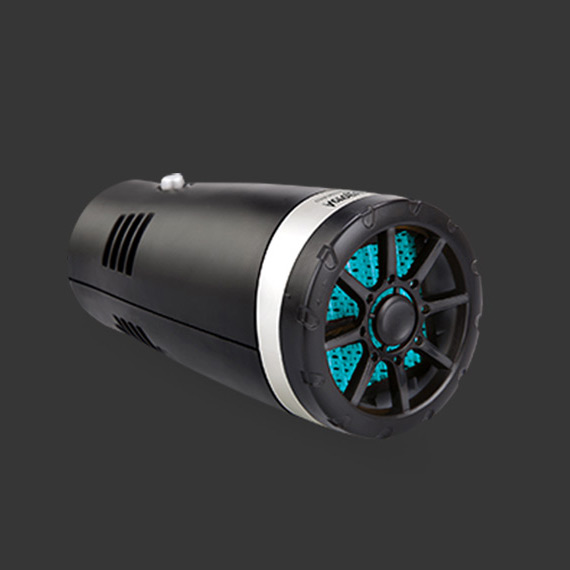push pull throttle cable
Understanding Push-Pull Throttle Cables Function, Design, and Applications
Throttle control is a critical aspect of machinery and vehicles, enabling precise regulation of engine performance and acceleration. One of the common mechanical systems used for this purpose is the push-pull throttle cable. This article explores the design, functionality, and applications of push-pull throttle cables, highlighting their importance in various contexts.
What is a Push-Pull Throttle Cable?
A push-pull throttle cable is a type of flexible cable that transmits motion from the throttle control (like a pedal or lever) to the throttle mechanism of an engine or machine. It consists of a wire or cable encased in a protective sheath, allowing it to flex and bend while maintaining a strong connection between the two ends. The push-pull function means that the cable can transmit both pushing and pulling actions, allowing for versatile control of the throttle position.
How Does It Work?
The operation of a push-pull throttle cable is relatively straightforward. When the operator presses on the throttle pedal or pulls a lever, the cable is either pushed or pulled. This motion travels through the cable and moves the throttle mechanism in the engine bay, either allowing more air and fuel into the engine to increase speed or reducing the mixture to slow down or maintain speed.
1. Construction The typical push-pull throttle cable consists of a metal wire core, which provides strength and flexibility, and a housing that keeps the wire protected from external environments. The inner cable is threaded through a sheath that usually consists of nylon or metal, ensuring smooth operation even under tremendous strain.
2. Mounting Points The cable is connected at two points – one at the throttle control and the other at the throttle mechanism. The end connected to the throttle control is often attached to a lever or pedal, while the other end connects to the throttle body of the engine.
3. Adjustment and Tensioning Proper tension is vital for the effective operation of push-pull throttle cables. Many designs include a means to adjust the tension, thereby ensuring that the throttle responds correctly to the operator’s commands. Too much slack can result in delayed throttle responses, while too much tension can hinder the cable’s movement.
Applications of Push-Pull Throttle Cables
Push-pull throttle cables are widely used in various applications, including
push pull throttle cable

- Automotive In cars, these cables are used to connect the accelerator pedal to the throttle body. Traditional vehicle models often rely on mechanical push-pull cables for throttle control, providing drivers with a direct and responsive driving experience.
- Motorcycles Similar to automobiles, motorcycles utilize these cables for throttle control, allowing riders to manipulate engine speed efficiently. The design is particularly valuable in sports bikes and touring models where throttle precision is crucial.
- Industrial Equipment Push-pull throttle cables are not limited to vehicles
. They are also used in industrial machinery, such as generators and forklifts, where precise control of engine power is necessary.- Marine Applications In boats, throttle cables play a vital role in controlling engine speed and maneuvering. The push-pull mechanism allows for ease of use while ensuring that the engine responds appropriately to the operator’s commands.
Benefits of Push-Pull Throttle Cables
The push-pull throttle cable system offers several advantages
- Simplicity The design is mechanically simple, making it easy to understand and install compared to electronic throttle control systems.
- Reliability Mechanical systems are often more reliable than their electronic counterparts in harsh environments, as they are less susceptible to electronic failures.
- Cost-Effectiveness Push-pull throttle cables are generally less expensive to manufacture and replace than electronic systems, reducing overall maintenance costs for vehicles and machinery.
Conclusion
Push-pull throttle cables are integral to the operation of many vehicles and machinery, providing essential control over engine performance. Their simple yet effective design allows for reliable and precise throttle management in various applications, from automotive to industrial equipment. Understanding the functionality and advantages of these cables underscores their significance in ensuring safe and efficient operations across numerous domains. As technology advances, while electronic systems may become more prevalent, the robust and reliable push-pull throttle cable will continue to have an essential role in many mechanical systems for the foreseeable future.
-
Workings of Clutch Pipe and Hose SystemsNewsJun.04,2025
-
The Inner Workings of Hand Brake Cable SystemsNewsJun.04,2025
-
The Secrets of Throttle and Accelerator CablesNewsJun.04,2025
-
The Hidden Lifeline of Your Transmission Gear Shift CablesNewsJun.04,2025
-
Demystifying Gear Cables and Shift LinkagesNewsJun.04,2025
-
Decoding Clutch Line Systems A Comprehensive GuideNewsJun.04,2025
